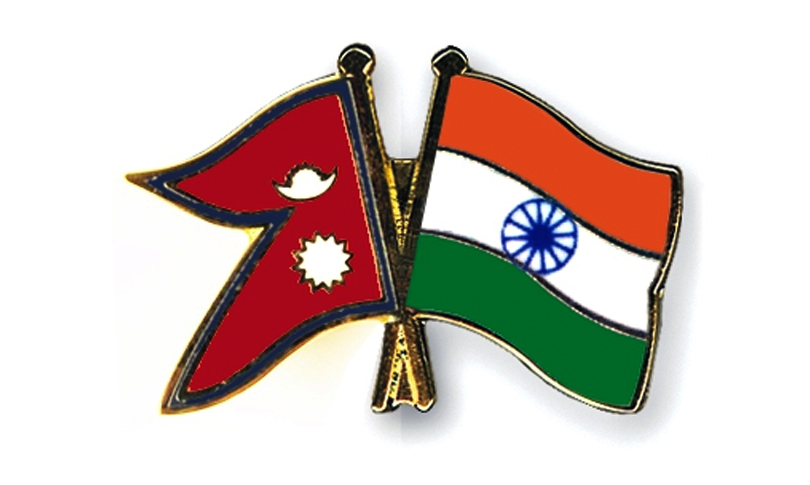KATHMANDU: In a significant development, the Nepal Electricity Authority (NEA) has successfully exported electricity valued at 5.43 billion rupees to India within the first two months of the current fiscal year.
This commendable achievement saw NEA exporting electricity amounting to 1.94 billion rupees in July and 3.48 billion rupees in August, marking a substantial contribution to the Indian energy market.
Over this two-month period, NEA’s electricity exports reached an impressive 3.395 billion Indian rupees, equivalent to 5.43 billion Nepalese rupees. The average unit price for electricity exports in July and August stood at 8 rupees 13 paisa and 12 rupees 27 paisa, respectively, resulting in an overall average selling price of 10 rupees 37 paise per unit for the two-month duration.
This remarkable feat is made possible by NEA’s strategic approach of exporting surplus electricity generated during the rainy season, following domestic consumption.
The authority has been actively selling approximately 110 MW of electricity to the Indian company NTPC Electricity Trading Corporation Limited through competitive bidding in the day-ahead market of Indian Energy Exchange Limited (IX), as well as through medium-term power agreements.
Approval for this significant electricity export initiative was granted by the Central Electricity Authority, a division of the Ministry of Electricity of India, authorizing NEA to export a total of 632 megawatts, comprising 522 megawatts allocated for the competitive market and 110 megawatts for NTPC.
This allocation includes 562 MW being exported through the Dhalkebar-Muzaffarpur 400 KV international transmission line and an additional 70 MW through the Mahendranagar-Tanakpur 132 KV transmission line.
Kulman Ghising, the Executive Director of NEA, emphasized the positive impact of electricity exports on Nepal’s foreign exchange reserves and its role in mitigating the trade deficit with India. Ghising stated, “We are continually enhancing our infrastructure for domestic electricity consumption, and electrification projects are in progress to reach areas currently lacking access to electricity. We are also planning to expand and fully utilize the international transmission network between our two countries to export surplus electricity that has been generated and conserved.”
This forward-thinking approach reflects NEA’s commitment to harnessing its energy resources for the benefit of Nepal and contributing to regional energy security and cooperation.

